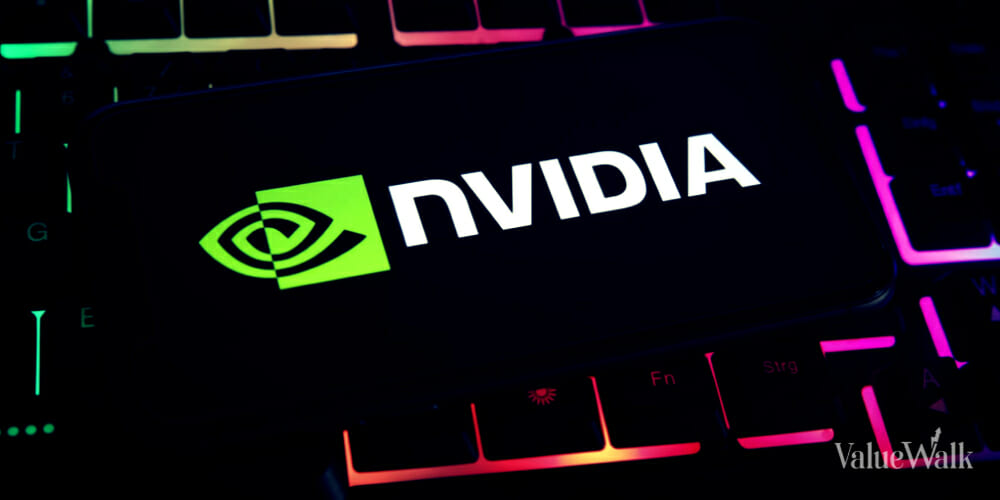Understanding Renko Charts – Calculations, Strategies and More

Understanding Renko charts: Most market participants use candlestick charts to analyze securities to better understand price movements. The trading platform offers different types of charting tools, the most famous of which is Renko Charts. Renko charts are one of the other charts that have the advantage of simplicity and efficiency.
This charting technique identifies trends and potential entry and exit levels based on price movements. These charts are also called noise-free charts.


Before using Renko charts, it is important to understand their meaning, operation, composition and strategies to easily identify buy and sell signals for securities. In this article, we will explain understanding Renko charts with examples to help you understand.
What is a Renko chart?
Renko charts are a type of chart that only measures price movements in securities. The word Renko comes from the Japanese word renga, meaning “brick.”
Renko charts are created as a series of bricks determined by price movements rather than time intervals. When the price moves beyond a pre-specified amount, new bricks are created, each brick placed at a 45-degree angle above or below the right of the previous brick. Bricks placed above are usually colored green, and bricks placed below are usually colored red.
Understanding Renko Charts
Renko charts filter out all the small movements and help market participants see price movements more clearly to spot larger trends. However, the downside is that you lose some price points due to the brick construction. Uses only the closing prices of securities for the specific charting period selected.
Constructing a Renko chart involves choosing the size of the boxes that indicate the magnitude of price movements.
Rules to consider when placing bricks:-
- Bricks are always formed with their edges touching each other.
- One vertical column can have only one brick.
brick counting
It is based on two values:
- Average True Range (ATR):- Uses the value generated by the ATR indicator. ATR is used to measure the volatility of a security, and ATR automatically determines the effective brick size. Typically, you calculate the ATR value from a candlestick chart and then use this value to define the brick size.
- Traditional values:- Defined by the user as predefined as the absolute value of the brick size. New bricks are formed only when the price change is at least as large as the predefined brick size.
For example, let’s say you set the brick size in increments of 10 points. Suppose a security is trading at Rs 100, and if the price goes up to Rs 110, a new upward brick is drawn. The bricks will be formed only after the price closes at Rs 110.
Apart from the traditional method of selecting brick size, one can also choose by considering the Average True Range (ATR). ATR is a measure of volatility, so Renko charts based on ATR use the volatility value of ATR as the box size.
types of bricks
The Renko chart shows the different types of bricks formed.
- When a brick is formed on top of a previous brick, it is considered an up-brick.
- When a brick forms below the previous brick, it is considered a down brick.
Strategies using Renko charts
Understanding Renko charts as a price analysis exercise will help you build your strategy based on common practices used with traditional price charts.
Renko charts depict momentum with key support and resistance levels, helping traders find the right entry or exit opportunities.
The bars on the Renko chart act as support and resistance levels when they are retested at the same price level during the period creating obstacles to the price movement.
In a range-limited market, traders can trade by placing a long position at support and exiting at resistance, while short positions can be traded by buying at resistance and exiting at support.
This may continue until the price is above or below the resistance or support level.
Identifying trends is important to get more returns from your security in the right direction. A breakout occurs when the price of a security violates a key price level.
The bars on a Renko chart help identify trends with noise-free formations, but it is important to watch out for breakouts at key levels to avoid false signals about trend formations.
If the downtrend is expected to stop due to concentrated demand, this is considered a support area. This is where traders can look for a breakout. If the bar forms below the support line, traders can enter a short position for further declines until the next support line is reached.
If the uptrend is expected to pause temporarily due to supply concentration, traders may look for a breakout. Here, if the bar forms above the support line, traders can enter a long position for further upside to the next resistance line. consists of
- Renko Bar with Moving Average
Moving average is one of the technical indicators used to understand the momentum present in a security. Moving averages displayed on Renko bar charts help traders identify good entry trends.
If the bars on the Renko chart close above the moving averages, this indicates strong upward momentum. Here, traders can take a long position in the security. The moving average also acts as a support line to push the price higher, and if the bar closes below the moving average, you can liquidate your position.
When the bars on a Renko chart close below the moving average, it indicates strong momentum in the downward direction. Here, traders can take short positions in securities. The moving average also acts as a resistance line for prices to move lower, and if the bar closes above the moving average, you can close the position as a reversal signal.
Advantages
- Filter out smaller price movements to create cleaner, noise-free charts.
- Support and resistance levels are easy to identify.
- Current price direction is determined based on the most recent brick color.
- The optimal brick size is determined by the trader’s understanding of the selected time period.
disadvantage
- Renko charts miss small price movements.
- A brick size calculator may provide the optimal brick size for historical data, but that brick size may not be appropriate for future price data.
- The biggest drawback is that some strategies, such as scalping, may not work on Renko charts because OHLC is not defined.
conclusion
From what we learned above, Renko charts are a great charting tool that traders should add to their analysis for noise-free trading. It is always advisable to check against the trade items generated as some shortcomings may result in false signals.
Renko Chart Formation enhances traders’ use of Renko bars for long-term profitable trading through unique and clear Renko chart understanding and strategy and backtesting with proper risk management.
Written by Deepak M
By leveraging the Stock Screener, Stock Heatmap, Portfolio Backtesting and Stock Comparison tools on the Trade Brains portal, investors have access to comprehensive tools to identify the best stocks, stay updated and informed with stock market news. invest.


Start your stock market journey now!
Want to learn stock market trading and investing? Check out exclusive stock market courses from FinGrad, a learning initiative from Trade Brains. You can sign up for free courses and webinars from FinGrad and start your trading career today. Sign up now!!



